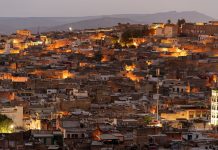Pickpockets are always working the crowd, the criminals try to clone credit cards and lately even the pirates are trying to do their part on the high seas.Travelling around the globe has become a dangerous game. Recently there have been terrorist attacks in Norway and unrest in the streets of London – apparently not very safe. But what can get you to stop traveling? Who defines too dangerous? From war zones to areas ravaged by fires and drug trafficking, these 10 countries (in no particular order) are a selection of those considered most dangerous in my opinion: The real question is: “Is visiting them really worth the risk?”
The 10 countries at risk are:
Afghanistan
It is not surprising to find Afghanistan on this list, all governments advise against travel in this region. In the country there are continuing suicide bombings, kidnappings, murders and terrorist plots. Decades of war have long overshadowed the immense beauty of the country – vast landscapes dotted with important archaeological sites (including the caves and Buddhist shrines of Takht-e Rostam) and ancient market towns. You have to go? Probably not. Although there are areas open to tourism, it will be safer elsewhere or, at least, it will be up to a few years until the situation stabilizes. Some tour operators offer guided tours as Pashtuns in the region with local guides, but they are not able to guarantee your safety. I suggest that you choose to explore Central Asia and the five standard – Turkmenistan, Uzbekistan, Kyrgyzstan, Kazakhstan and Tajikistan instead.
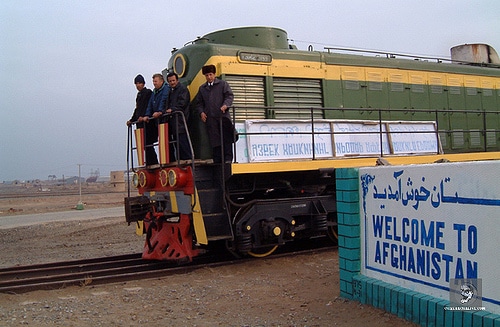
Brazil
With an ever growing gap between rich and poor, the lack of police presence in the favelas, the high crime rate and drugs rampant throughout the country, incidents of assaults, car-jackings, show few signs of abating. You absolutely have to go? Just take the normal precautions. Many areas of the Country, big cities (Sao Paulo, Rio de Janeiro, Fortaleza, Recife Salvador etc.) Require caution because of the widespread street crime (thefts and robberies), that mainly aims tourists sometimes in the daytime and at central locations, including areas close to major hotels and beaches. Keep your belongings close, avoid the favelas and non-tourist areas, be careful after dark and respect the advice of the locals, even when they seem too excessive.
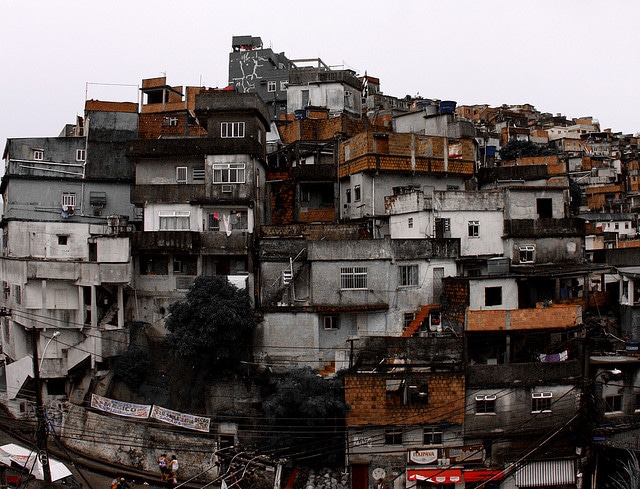
Iraq
Home to some of the holiest sites of Islam outside of Saudi Arabia, as well as the site of ancient Babylon and the abundance of important historical sites, Iraq should be justly a hotspot for tourism in the Middle East, but few have the courage to enter its borders due to the current situation. Iraq is still plagued by bombings, kidnappings and terrorist activities (particularly foreigners) and not surprisingly, the Foreign Ministry has renewed its warnings and advise against any travel to that country. You have to go? Might not be a good idea. The situation in Iraq is improving as they restored their tours since 2011, but it is advisable to wait until the situation normalizes. Meanwhile, there are safer options in the region, such as Jordan, which houses the Dead Sea, the ancient site of Petra and Wadi Rum the valley.
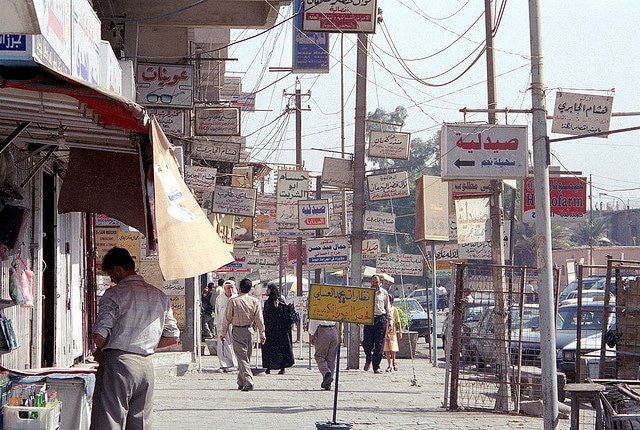
Pakistan
With four peaks of the world’s largest mountain in the north, including the second highest mountain in the world, Pakistan has attracted climbers for years and remains popular despite the recent turbulence. As areas of the Middle East, Pakistan is still characterized by Al-Qaeda and the Taliban, making it a destination for travelers at risk since the suicide attacks and tribal clashes. Officials of the U.S. government have expressed concern that the recent killing of Osama Bin Laden will increase the likelihood of targeted attacks to the West.
You have to go? Untamed Land of Borders and Snow still offer excursions to climb the famous K2.
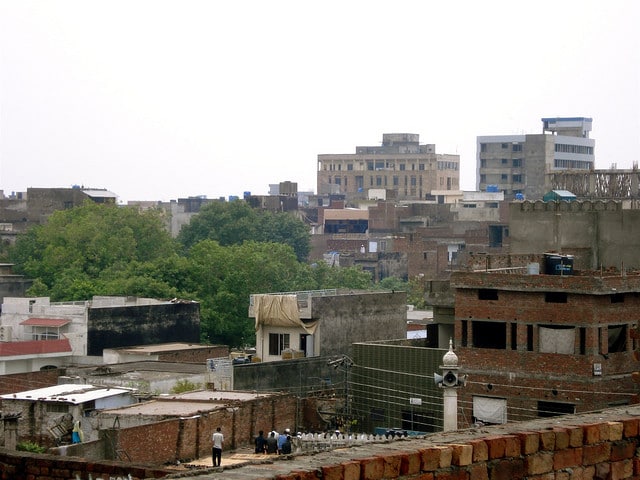
Colombia
With a rapidly growing popularity among tourists and backpackers, Colombia is beginning to shake off its image as a bad guy, but the statistics on crime rate and the negative media coverage has ensured that its original reputation prevails. The facts are reported several times, robberies and kidnappings in the area controlled by the RAFC (Revolutionary Armed Forces of Colombia), but in recent times concern has increased about the use of scopolamine for rapes in the city. Travelers should be cautious in venturing off the beaten track – in addition, Colombia has the second highest number of mines in the world, beaten only by Afghanistan. You have to go? If yes, only with organized tours. Rebels narco-trafficking and the RAFC still create major problems in some areas and we also suggest to avoid crossing the land borders as well as moving towards rural areas.
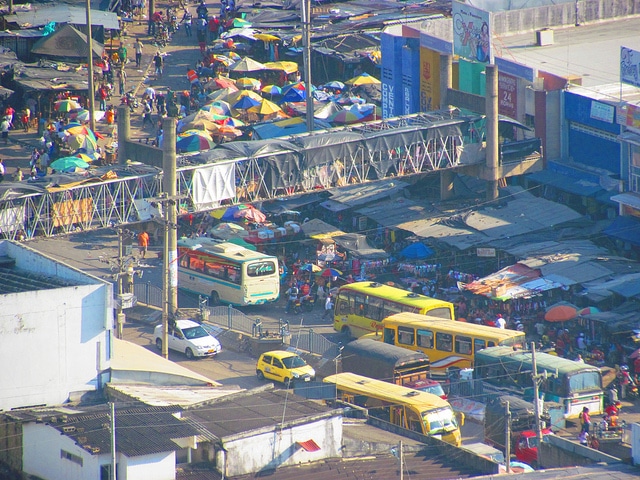
By Elsi H






